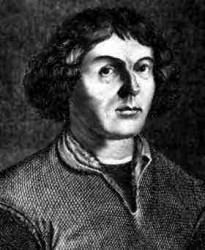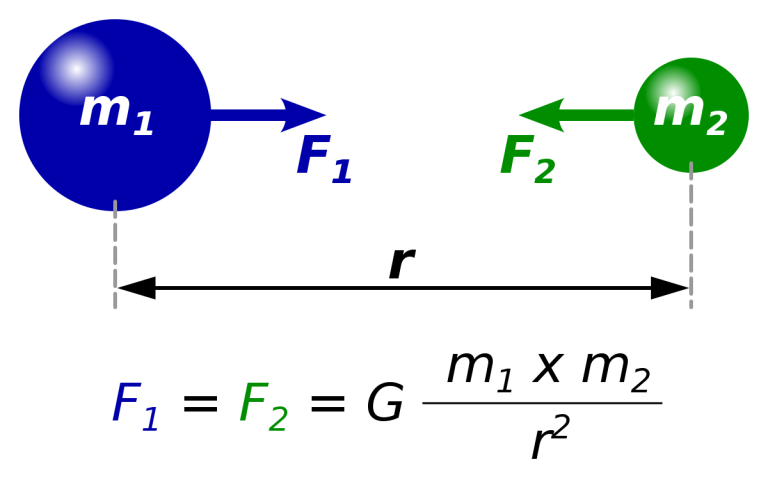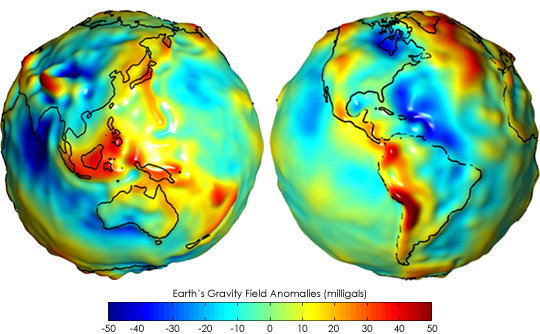Who Discovered Earth Is Not Center Of Universe?
Nicolaus Copernicus was the astronomer who discovered that the Earth is not the center of the universe. He was born in the Kingdom of Poland in 1473, and is widely regarded as one of the most influential astronomers of all time. Copernicus developed a heliocentric model of the universe, which stated that the Sun was the center, and the Earth and other planets revolved around it. This was a major shift from the commonly accepted geocentric model, which placed the Earth at the center of the universe. He published his groundbreaking findings in 1543, just before his death. His theory of a sun-centered universe revolutionized our understanding of the cosmos and is considered one of the most important discoveries in the history of science.
Ancient Astronomers
Ancient Astronomers were a group of people from antiquity that studied the stars and celestial bodies in order to understand the universe and the laws that govern it. They developed sophisticated instruments to observe the night sky and made numerous discoveries that laid the foundation for modern astronomy. They also developed many of the theories and concepts that are still used today, such as the concept of gravity, the idea of a spherical Earth, and the study of astrology. Ancient Astronomers used mathematics and observation to make their discoveries, making them some of the earliest scientists in history. They made remarkable contributions that have continued to influence our understanding of the universe for centuries, and their advancements in astronomy have helped shape modern science.
Ptolemy’s Geocentric Model
Ptolemy’s Geocentric Model, now known as the Ptolemaic System, was a theory developed by the Greco-Egyptian astronomer and mathematician, Claudius Ptolemaeus, in the 2nd century A.D. This model proposed that the Earth was the center of the universe and that the stars, planets, and the sun revolved around it. It was the most widely accepted view of the universe until the 16th century, when the heliocentric model, developed by Nicolaus Copernicus, began to gain acceptance. Despite its eventual replacement, Ptolemy’s Geocentric Model provided an important foundation for the development of modern astronomy and scientific thought.
Copernicus’s Heliocentric Model
Copernicus’s heliocentric model was revolutionary for its time. It was a major advancement in our understanding of the universe. This model proposed that the Sun, instead of the Earth, was the center of the universe. This was the first time that this idea had been proposed, and it shifted our understanding of the universe from one in which the Earth was the center to one in which the Sun was the center. Copernicus’s model also proposed that the planets did not move in perfect circles, but instead moved in elliptical orbits around the Sun. This new model accurately predicted the positions of the planets in the sky, revolutionizing astronomy and paving the way for future discoveries.

Galileo’s Observations
Galileo’s Observations is a blog dedicated to discussing the pioneering scientific observations of Galileo Galilei, the great Italian astronomer, physicist, and mathematician. The blog focuses on Galileo’s discoveries and how his discoveries revolutionized our understanding of the universe. We explore his life, his works, and his impact on the scientific community. We also look at his telescope and other tools he used to make his observations. We aim to provide readers with a comprehensive and entertaining look at this great scientist’s life and work. Join us to learn more about Galileo and how his work changed the world.
The Scientific Revolution
The Scientific Revolution was a period of time during the 17th century when there was a drastic shift in scientific thought. This period marked the beginning of modern science and the emergence of new scientific theories and discoveries. During this time, scientists began to explore nature and the universe in a more systematic way, leading to the development of the scientific method. This period also saw the birth of scientific organizations, such as the Royal Society in England, which provided a platform for scientific debates and knowledge sharing. The Scientific Revolution was a crucial step in the advancement of scientific knowledge, eventually leading to the industrial and technological revolutions.
Modern Scientific Consensus
Modern scientific consensus is an agreement among scientists and experts regarding the current understanding of a particular scientific topic. It is based on the collective expertise of the scientific community and is built upon the results of rigorous scientific research and experimentation. In other words, it is the scientific community’s collective opinion on a scientific issue. It is an important part of the scientific process, as it can help guide policy decisions and inform the public on scientific topics. Modern scientific consensus is a powerful tool for understanding and navigating the complexities of the natural world.
FAQs About the Who Discovered Earth Is Not Center Of Universe?
Q1: Who first discovered that the Earth is not the center of the Universe?
A1: The discovery that the Earth is not the center of the Universe is often attributed to the 16th-century astronomer Nicolaus Copernicus. His heliocentric model of the solar system, which placed the Sun at the center of the Universe, was the first to prove that the Earth orbits the Sun.
Q2: What evidence did Copernicus use to show that the Earth is not the center of the Universe?
A2: Copernicus used astronomical observations and mathematical calculations to prove that the Earth orbits the Sun. He used the observed positions of the planets and stars, as well as the relative distances between them, to construct his heliocentric model.
Q3: How did the discovery that the Earth is not the center of the Universe influence science and religion?
A3: The discovery that the Earth is not the center of the Universe had a profound impact on science and religion. It helped to further the advancement of scientific knowledge and provided a new perspective on the place of humans in the Universe. It also challenged the beliefs of religious institutions which had previously taught that the Earth was the center of the Universe.
Conclusion
It is clear that the discovery that Earth is not the center of the universe was a revolutionary one. This discovery was made by Nicolaus Copernicus in the 16th century and was followed by the discoveries of Johannes Kepler and Galileo Galilei. This discovery helped to revolutionize our understanding of the universe and showed that Earth is just one of many planets orbiting the Sun. This discovery made by these scientists laid the groundwork for our modern understanding of the universe.




